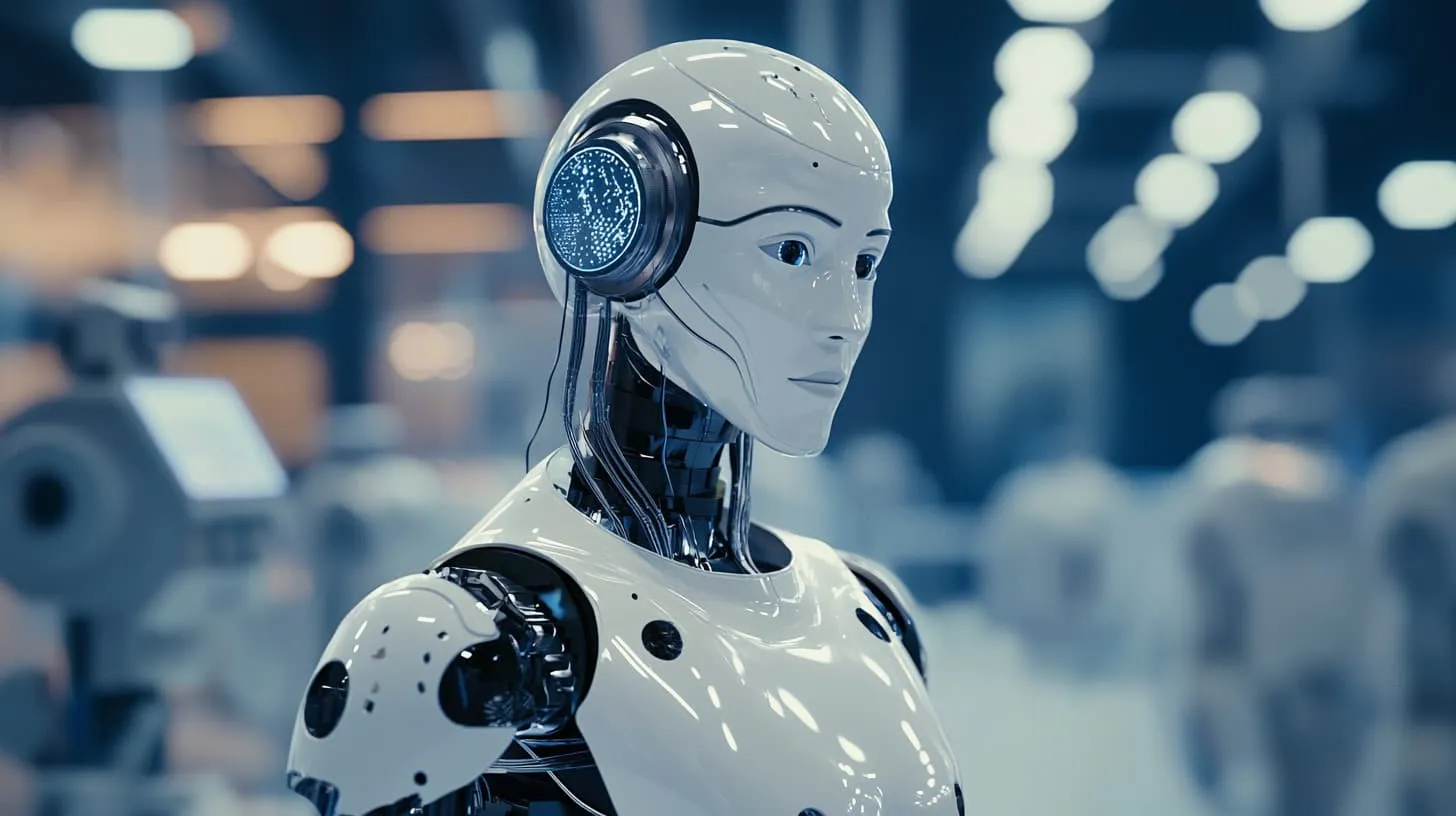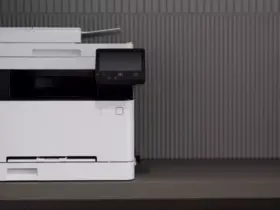Artificial intelligence (AI) is revolutionizing the way images are created, edited, and enhanced across various industries. From graphic design to photography and advertising, AI-powered tools are reshaping visual content production, making it faster, more accessible, and highly efficient. While traditional image editing required skilled professionals and extensive manual work, AI now automates many of these processes, offering advanced capabilities that were once limited to experts.
As AI technology continues to evolve, it is significantly impacting how individuals and businesses approach image generation, enhancement, and manipulation. This shift raises questions about creativity, authenticity, and the future of visual media.
AI-Generated Images: Creativity Without Limits
One of the most groundbreaking applications of AI in imagery is the ability to generate realistic or stylized images from simple text descriptions. This technology allows users to create original visuals without the need for photography or design skills. AI can generate landscapes, portraits, and abstract art, catering to industries such as marketing, entertainment, and publishing.
These AI-driven image generation tools offer immense creative potential, enabling businesses to produce custom visuals tailored to their branding needs. Artists and designers are also leveraging AI as a source of inspiration, using it to develop unique compositions or refine their artistic styles.
However, this advancement has sparked discussions about the role of AI in the creative field. While some see AI as a valuable tool for enhancing artistic expression, others worry that it may diminish the demand for traditional design and photography skills.
Enhancing Image Quality with AI
AI is also improving image resolution and quality through sophisticated enhancement techniques. It can restore old or damaged photographs, upscale low-resolution images, and correct imperfections with remarkable accuracy. Features such as noise reduction, color correction, and lighting adjustments are now being automated, allowing users to enhance photos without requiring advanced editing knowledge.
For photographers, AI provides an efficient way to refine images, adjusting details like contrast, sharpness, and exposure in seconds. This is particularly beneficial in industries where high-quality visuals are essential, such as e-commerce, real estate, and advertising. Businesses can now produce professional-looking product images with minimal effort, helping to attract and retain customers.
While AI-powered image enhancement is widely praised for its convenience and accuracy, some experts caution that excessive reliance on automated corrections may lead to over-processed or unrealistic visuals. Striking a balance between AI-assisted editing and human creativity remains a key challenge.
AI in Photo Manipulation and Editing
AI-driven editing tools are streamlining the process of modifying images, from AI background remover to object replacement. Previously, tasks such as isolating subjects or adjusting image compositions required meticulous manual work, but AI now completes these actions in seconds.
One of the most popular applications is AI-assisted background removal, which is commonly used in product photography, graphic design, and social media content. Businesses and influencers can effortlessly create clean, professional visuals without needing extensive editing skills. Similarly, AI can replace elements within an image, allowing users to edit out unwanted objects or seamlessly integrate new ones.
This level of automation raises concerns about image authenticity. With AI making it easier than ever to manipulate photos, distinguishing between real and altered images becomes increasingly difficult. Ethical considerations surrounding deepfake technology and misinformation further complicate the debate on AI’s role in image editing.
Personalization and Branding with AI
AI is also playing a major role in personalizing visual content. Businesses and marketers are utilizing AI-generated graphics and tailored images to create highly customized advertisements and social media posts. AI can analyze audience preferences and generate visuals that align with consumer interests, leading to more engaging and targeted campaigns.
This technology is particularly useful in digital marketing, where brands need to produce vast amounts of content quickly. AI-assisted design tools help streamline the creation of logos, banners, and promotional materials, reducing the time and costs associated with traditional graphic design.
Despite its advantages, some designers argue that AI-driven personalization lacks the depth of human creativity. While AI can generate visually appealing content, the nuances of brand identity and emotional connection often require a human touch.
Challenges and Ethical Considerations
As AI continues to reshape the landscape of image creation and editing, it also introduces ethical and legal challenges. One major concern is the potential misuse of AI-generated images, particularly in the creation of misleading or deceptive content. Deepfake technology, for example, has raised concerns about the spread of misinformation and its impact on media credibility.
There are also questions about copyright and ownership. When AI generates an image, who owns the rights? Artists and designers worry that AI may infringe on intellectual property by replicating styles or elements from existing works. Regulatory discussions are ongoing as lawmakers seek to define ethical guidelines for AI-generated content.
Another challenge is the potential loss of jobs in creative industries. As AI automates tasks traditionally performed by designers, photographers, and editors, professionals in these fields may need to adapt their skills to remain competitive. While AI can enhance creativity, its widespread adoption raises concerns about the long-term impact on employment in visual arts.
The Future of AI in Image Creation
AI is undeniably transforming the way images are created, edited, and distributed. Its ability to generate, enhance, and personalize visuals is revolutionizing industries that rely on high-quality imagery. However, as with any technological advancement, AI-driven image creation comes with both opportunities and challenges.
As the technology continues to develop, finding a balance between AI efficiency and human creativity will be crucial. Ethical considerations, including transparency, authenticity, and intellectual property rights, will need to be addressed to ensure that AI’s impact on visual media remains positive.
While AI can streamline processes and unlock new creative possibilities, it is ultimately a tool that works best when combined with human intuition and artistic judgment. Whether in marketing, entertainment, or design, AI-powered image editing is shaping the future of visual content in ways that are both exciting and complex.
As the conversation around AI and imagery continues, professionals and consumers alike will need to navigate its implications carefully, ensuring that innovation enhances creativity rather than replacing it.







Leave a Reply